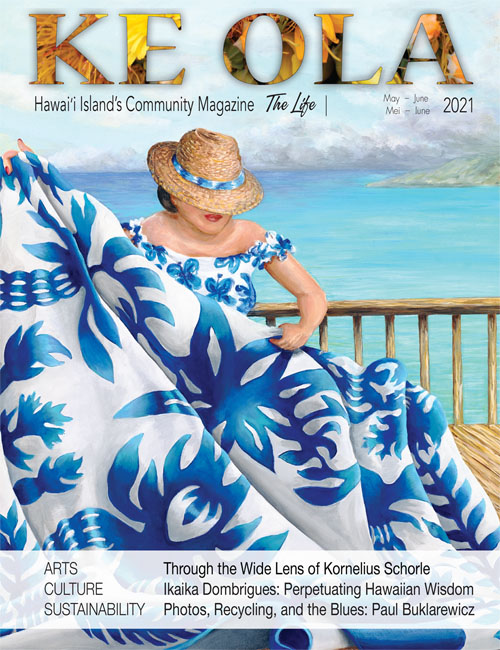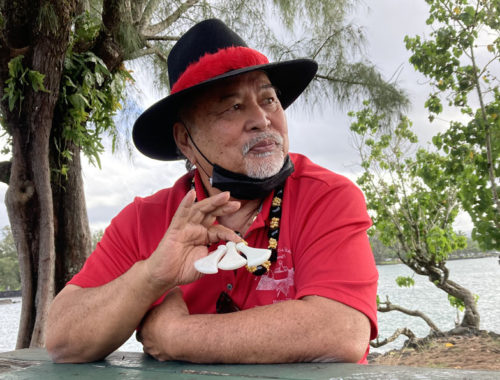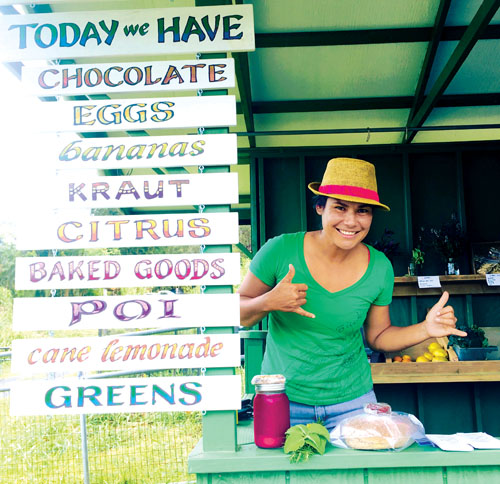
Mālama Mokupuni—Caring for Our Island Environment: Cultivating Resilience
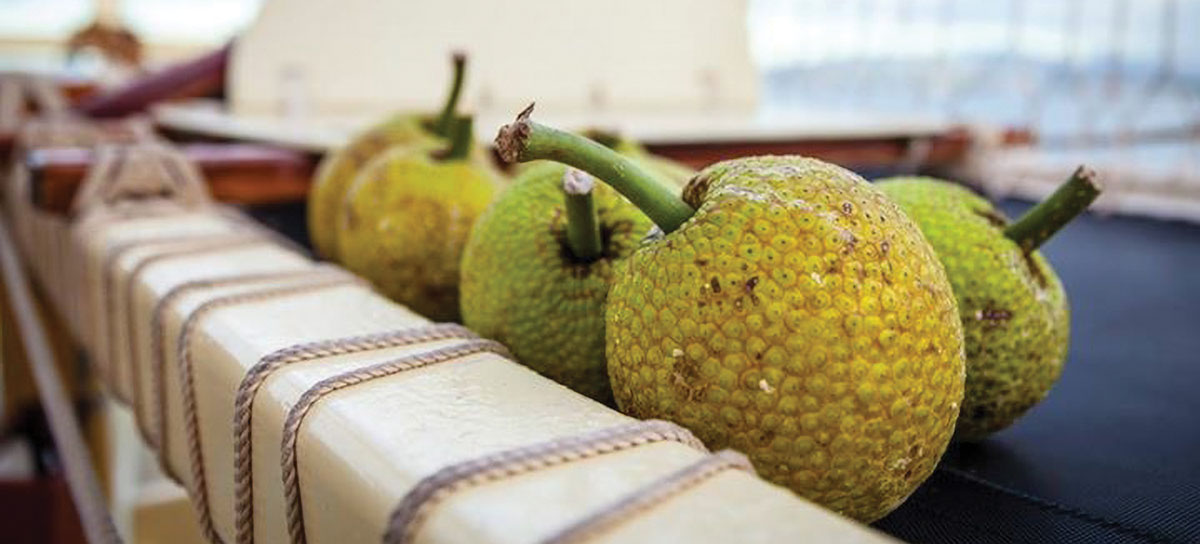
By Rachel Laderman
Can there be such a thing as “regenerative tourism,” where visitors can balance the consuming nature of tourism by contributing to island sustainability? It’s a tall order, but sisters Kalisi Mausio and Angela Fa‘anunu, the co-founders of Hawaii Farm Trails, see ways to link visitors, farmers, community, and environment so together all can flourish.
As young adults, Kalisi and Angela were crew members on different voyages of the Hōkūle‘a, the Polynesian voyaging double-hulled canoe that sailed throughout the world, connecting and revitalizing the culture of Hawaiian and other Polynesian islanders. “The opportunity to sail on Hōkūle‘a was amazing and it gave me a huge sense of responsibility to mālama honua—take care of our island Earth,” says Kalisi. “When we returned, we asked, what can we do with this kuleana that’s been placed on us?”
Kalisi found her answer working on social enterprises that provide appealing options for visitors to give back to the land and the people. Angela became an assistant professor of tourism at the College of Business and Economics at the University of Hawai‘i at Hilo, where she researches sustainable tourism alternatives such as agritourism and challenges students to re-imagine pathways in tourism to build the resilience of host communities.
The Hawaii Farm Trails site encompasses three efforts: an app for agritourism experiences, a virtual marketplace, and a site for sponsoring food tree plantings.
Explore Hawai‘i Farms and Markets
The free Hawaii Farm Trails app steers visitors towards activities with minimal or positive environmental impact. Guests can explore farms and ranches through tours, tastings, farmers markets, and agricultural events. It offers curated driving trails for those who want to explore a region for its agricultural attractions. The app was launched with funding from the USDA Agricultural Marketing Service initially, then with support from Kamehameha Schools, and the Hawai‘i Tourism Authority via Hawai‘i Agritourism Association for its statewide expansion.
Shop the Stand
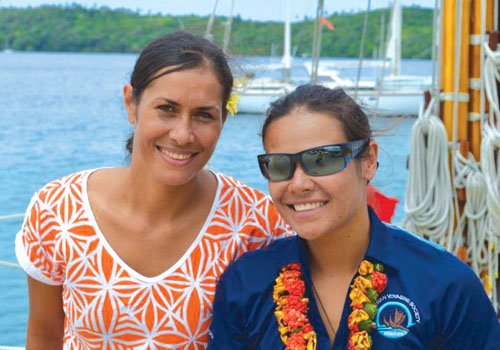
Hawaii Farm Stand is an online shop that allows people to order value-added products straight from farms all over Hawai‘i, such as coffee, tea, chocolate, macadamia nuts, honey, and seasonings. It is a gifting farm-box program with options to choose virtual farm tour videos, which came about as a farm-to-your-table response to restricted travel during the pandemic. A portion of every purchase goes back to assisting the farmers through promotional and capacity-building programs.
“Most of the farms are small, diversified, family-owned operations,” says Kalisi. “They make some of the island’s prized value-added products, grown and made by hand in small batches. They connect us to the land.”
Project Kanu: Food Trees for the Future
The next project takes the idea of supporting farmers and promoting food resilience and adds another synergistic goal: giving visitors the option to balance the carbon cost of their visit. Project Kanu helps people take on the responsibility for their own carbon-producing activities while paying it forward through the planting of food trees. Any individual or company can sponsor farmers to grow traditional island food, starting off with the high-yielding, nutritious ‘ulu (breadfruit).

The website provides a carbon guide to help users determine their carbon footprint. “The average carbon footprint for a person in the United States is 16 tons per year,” says Kalisi. “A healthy breadfruit tree can sequester up to one ton in its first 20 years. You could potentially balance that by planting 10 trees a year.”
Buyers can choose to purchase trees, tree shares, or a monthly subscription as low as $1. It’s really meant to help people contribute in any way big or small. Farmers are then provided with ‘ulu trees and planting resources. Sponsors receive updates on the progress of their trees.
“The name ‘Kanu’ is from the Hawaiian word for planting. It is descended from the Polynesian ‘tanu’ meaning to bury, so it is especially fitting applied to carbon sequestration, which is about sinking carbon back into the soil,” says Kalisi. “It reflects the deep-rooted intention of our values, which acknowledges the sacredness of our natural world through our creation stories, and through this lineage there is a need to care for it as if it were kūpuna.”
Kalisi and Angela have indeed found engaging, creative ways to help visitors as well as residents cultivate resilience in, and give back to, Hawai‘i. ❖
For more information: hawaiifarmtrails.com
